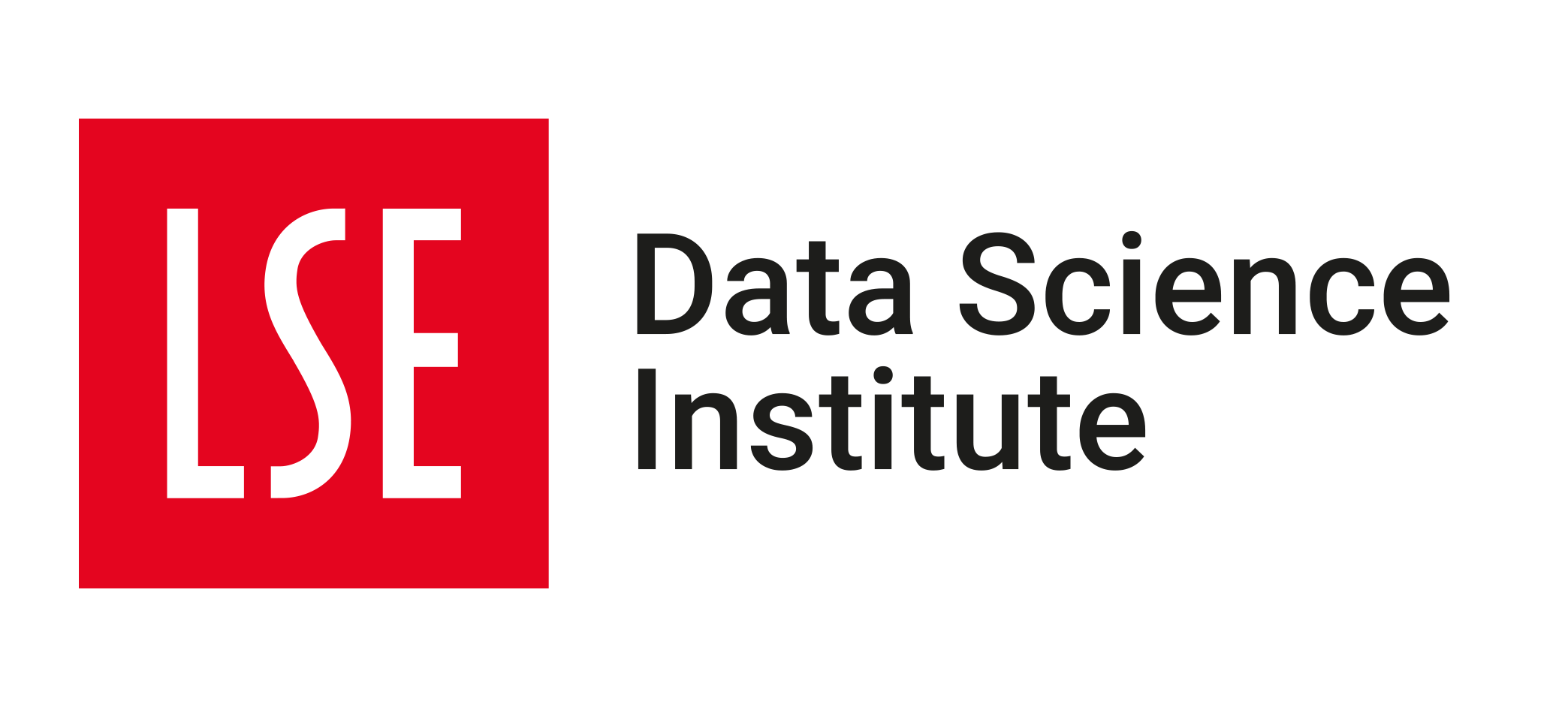flowchart LR
id2-->id3
id4 --> id5
subgraph Collection
id1[Data collection]-->id2[Data cleaning and pre-processing]
end
subgraph Modelling
id3[Exploratory data analysis]--> id4[Modelling]
end
subgraph Postprocessing
id5[Postprocessing]
end
🗓️ Week 11
Ethical issues of AI and ethical AI: an overview
DS101 – Fundamentals of Data Science
04 Dec 2023
A few stories


For more on Delphi, see (Piper 2021) and (Noor 2021)
A few stories (2)
Cooking time


- These are actual recipes suggested by the recipe bot, Savey Meal-bot , of a New Zealand supermarket chain Pak ‘n’ Save
- Bot based on ChatGPT 3.5
- Included notice “You must use your own judgement before relying on or making any recipe produced by Savey Meal-bot”
- New warning notice now appended to meal planner that the recipes aren’t reviewed by a human being.
- For more on the topic, see (Loe 2023), (McClure 2023) and (Doyle 2023)
Common AI issues and risks
🗣️ Reading/Discussion:
- Read (Parsons 2020) or (Bossman 2016) and discuss it briefly within your table (~10 min).
- What are the main ideas of the article? In particular, what does it say about AI issues?
Common AI issues and risks
…Artificial Intelligence (AI) entails several potential risks, such as opaque decision-making, gender-based or other kinds of discrimination, intrusion in our private lives or being used for criminal purposes. European commission white paper, 2020
- Algorithmic bias or unfairness
- Lack of explainability
- Lack of security/ unsafe algorithms (e.g susceptibility to adversarial attacks (Goodfellow, Shlens, and Szegedy 2015) (Goodfellow, Ian et al. 2017) (Boesch 2023))



Common AI issues and risks
- Privacy issues
- Copyright concerns (see (Kafka 2023),(Naughton 2023a),(Professor Goetz Richter 2019), (Beaumont-Thomas 2023))
- Misinformation/deepfakes



Where do these issues come from?
Where do these issues come from?
flowchart LR
id2-->id3
id4 --> id5
subgraph Collection
id1[Data collection]-->id2[Data cleaning and pre-processing]
end
subgraph Modelling
id3[Exploratory data analysis]--> id4[Modelling]
end
subgraph Postprocessing
id5[Postprocessing]
end
id6[Dataset not representative of population] --> Collection
id7[Dataset reflecting structural inequalities or biases in society] --> Collection
id8[Improperly labelled data] --> Collection
id9[Consent procedures?] --> Collection
Where do these issues come from?
flowchart LR
id2-->id3
id4 --> id5
subgraph Collection
id1[Data collection]-->id2[Data cleaning and pre-processing]
end
subgraph Modelling
id3[Exploratory data analysis]--> id4[Modelling]
end
subgraph Postprocessing
id5[Postprocessing]
end
id6[Dataset not representative of population] --> Collection
id7[Dataset reflecting structural inequalities or biases in society] --> Collection
id8[Improperly labelled data] --> Collection
id9[Consent procedures?] --> Collection
id10[Improper algorithm design] --> Modelling
id11[Wrong feature selection] --> Modelling
id12[<a href='https://www.youtube.com/watch?v=sxYrzzy3cq8'>Simpson's paradox</a>] --> Modelling
id13[Inappropriate model selection e.g restrictive hypotheses or vulnerability to adversarial attacks] --> Modelling
id14[Inappropriate evaluation metric selection] --> Modelling
id15[Undesirable hidden data correlations classifiers pick up on during training] --> Modelling
Where do these issues come from?
flowchart LR
id2-->id3
id4 --> id5
subgraph Collection
id1[Data collection]-->id2[Data cleaning and pre-processing]
end
subgraph Modelling
id3[Exploratory data analysis]--> id4[Modelling]
end
subgraph Postprocessing
id5[Postprocessing]
end
id6[Dataset not representative of population] --> Collection
id7[Dataset reflecting structural inequalities or biases in society] --> Collection
id8[Improperly labelled data] --> Collection
id9[Consent procedures?] --> Collection
id10[Improper algorithm design] --> Modelling
id11[Wrong feature selection] --> Modelling
id12[<a href='https://www.youtube.com/watch?v=sxYrzzy3cq8'>Simpson's paradox</a>] --> Modelling
id13[Inappropriate model selection e.g restrictive hypotheses or vulnerability to adversarial attacks] --> Modelling
id14[Inappropriate evaluation metric selection] --> Modelling
id15[Undesirable hidden data correlations classifiers pick up on during training] --> Modelling
id16[Erroneous interpretations and/or decision-making] --> Postprocessing
The technical response: trying to make AI algorithms fair by design
- debiasing datasets (e.g debiasing of ImageNet - see here or here or here)
- creating more balanced and representative datasets:
- e.g IBM’s “Diversity in Faces” (DiF) dataset created in response to criticism of IBM’s facial recognition software (did not recognize faces of people with darker skin)
- DiF made up of almost a million images of people gathered from the Yahoo! Flickr Creative Commons dataset, assembled specifically to achieve statistical parity among categories of skin tone, facial structure, age, and gender
- IBM DiF team also wondered whether age, gender, and skin color were truly sufficient in generating a dataset that can ensure fairness and accuracy, and concluded that it wasn’t the case and added…facial symmetry and skull shapes to build a complete picture of the face (appropriateness of such features begs the question given craniometry history in 19th century and links to racial discrimination)
- defining fairness mathematically and optimizing for fairness
- problem: there are many definitions of fairness (more than 20 so far! see (Verma and Rubin 2018) and (Pessach and Shmueli 2022) for some of them) and fairness is context/problem-dependent
- optimizing for fairness implies a tradeoff with other performance metrics (e.g accuracy - see (Pessach and Shmueli 2022))
The technical response: making algorithms transparent and explainable

- need to justify decisions made by “black box” algorithms (especially in sensitive contexts/applications)
- need to foster trust in decisions made by algorithms
- need to verify soundness of decisions and/or understand source of errors and biases
AI explainability refers to easy-to-understand information explaining why and how an AI system made its decisions.
Some of the post-hoc model-agnostic explanation methods:
- LIME (Local Interpretable Model-Agnostic Explanations) (Ribeiro, Singh, and Guestrin 2016)
- based on the idea of measuring the effect of local perturbations of feature values on the model
- see this page for more on LIME
- Shapley values:
- based on collaborative game theory
- measure of feature importance
- see this video or this post for a simple explanation of Shapley values
See this page for more on explainable AI (XAI). For an application to LIME and Shapley values in finance (credit default estimation), see (Gramegna and Giudici 2021)
The technical response: making algorithms transparent and explainable
Example from (Ribeiro, Singh, and Guestrin 2016):
- logistic regression classifier trained on training set of 20 images of wolves and huskies (10 of each category).
- The task is to distinguish images of both categories.
- Features extracted from images with a type of neural net
- Then the model is tested on a test set of 10 images (5 of each category): the model misclassifies one instance of husky for a wolf and a wolf for a husky.
- LIME explanations show that the misclassified husky was on a snowy background and that the misclassified wolf was not on snowy background and that the model was actually detecting background patterns (and not husky/wolf patterns as intended!).

The non-technical response: A quick overview of AI-related regulations
- EU AI Act (see here for details): plans to regulate AI technologies according to category of risk
- unacceptable risk i.e systems considered threat to people and therefore banned (e.g cognitive behavioral manipulation such as voice-activated toys envouraging dangerous behaviour in children, social scoring, real-time and remote biometric identification systems e.g facial recognition)
- high risk i.e systems that negatively affect safety or human rights (e.g migration, law enforcement, education, medical devices). These systems need to be assessed before being put into the market and throughout their lifecycle
- generative AI: Generative AI systems, like ChatGPT, would have to comply with transparency requirements i.e disclosing that the content was generated by AI, designing the model to prevent it from generating illegal content and publishing summaries of copyrighted data used for training
- limited risk: these systems should comply with minimal transparency requirements (e.g users need to know they are interacting with an AI) that would allow users to make informed decisions. After interacting with these systems/applications, the user can then decide whether they want to continue using it. This includes AI systems that generate or manipulate image, audio or video content, for example deepfakes.
- EU/UK GPDR (General Data Protection Regulation) - see here or here for details:
- enshrines need for valid lawful basis for data processing (e.g consent, legitimate interests, public interest)
- principle of data minimization and data accuracy
- right of access i.e right for a data subject to access their personal data and information about how this personal data is being processed
You can also have a look at the OECD dashboard for a fuller overview of national AI strategies and policies.
The non-technical response: Issues with regulation
- Regulation and innovation timelines are different: regulation takes time!
- Regulations might be outdated by the time they are released
- Patchwork of regulatory frameworks (Editorial 2023)
- Regulators might not have the technical expertise to understand the technologies i.e AI they are regulating
- The recourse to consultants from big industry players leaves regulators open to potential conflicts of interest (Naughton 2023b)
Additional resources on AI ethics
- Alan Turing Institute Lecture on the risks of generative AI: https://www.youtube.com/watch?v=UYdx74st9O4
- Guide from the Alan Turing Institute on understanding AI ethics and safety : https://www.turing.ac.uk/sites/default/files/2019-08/understanding_artificial_intelligence_ethics_and_safety.pdf
- Policy Briefing from the Royal Society on Explainable AI: https://royalsociety.org/-/media/policy/projects/explainable-ai/AI-and-interpretability-policy-briefing.pdf
- Paper on the ethical implications of large language models: (Bender et al. 2021)
- Article on a theoretical framework for ethical AI: (Floridi et al. 2018)
References

LSE DS101 2023/24 Autumn Term | archive


